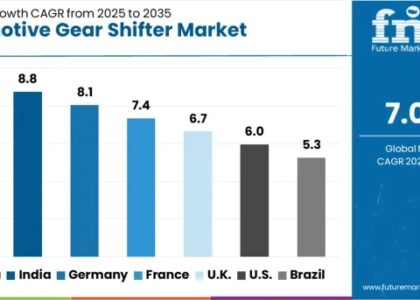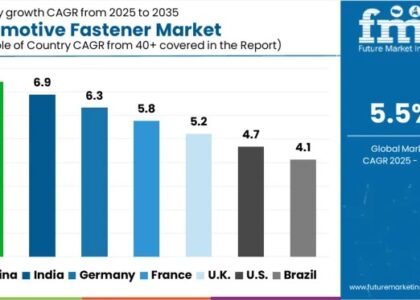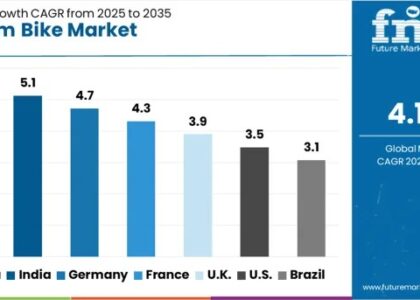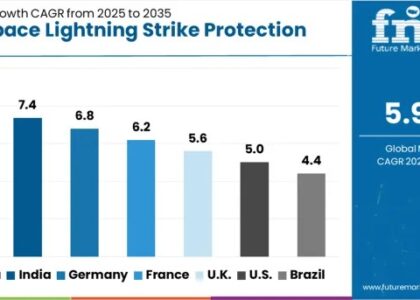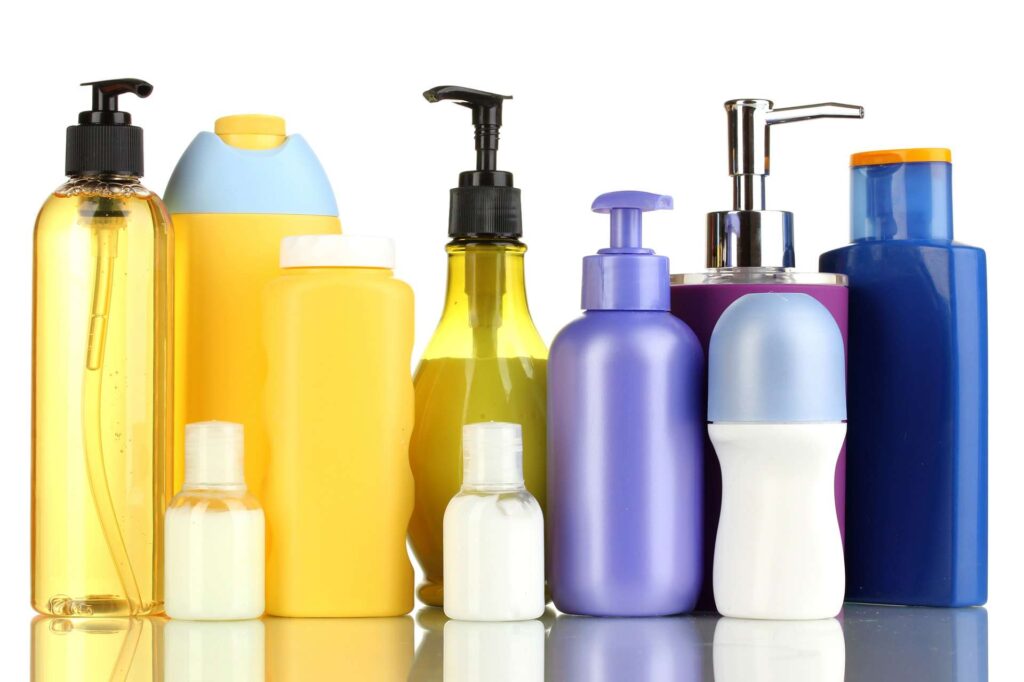
Cosmetic chemicals are a broad category of substances used in the formulation of beauty and personal care products. These chemicals can be natural or synthetic and are pivotal in achieving the desired texture, stability, and effectiveness of cosmetics. They include active ingredients that provide skin benefits, preservatives to extend shelf life, and various agents that enhance the sensory experience of using a product.
From anti-aging serums to moisturizing lotions, cosmetic chemicals play a critical role in modern beauty regimes. The industry is driven by continual innovation and the pursuit of new, effective formulations that cater to evolving consumer needs and preferences.
The global cosmetic chemicals market, currently valued at USD 15.89 billion, is projected to experience significant growth, reaching an estimated USD 26.84 billion by 2032. This expansion, occurring at a compound annual growth rate (CAGR) of 5.4% from 2022 to 2032, underscores the increasing demand for cosmetic products worldwide.
Prominent Drivers Spearheading Cosmetic Chemicals Growth
- Rising Beauty Consciousness: With an increasing emphasis on personal appearance and grooming, consumers are more willing to invest in high-quality cosmetic products. This growing beauty consciousness drives demand for innovative and effective cosmetic chemicals.
- Technological Advancements: Advances in biotechnology and material science have led to the development of new cosmetic ingredients that offer enhanced performance and safety. Innovations such as encapsulation technology and bioengineered active ingredients are revolutionizing the industry.
- Sustainability Trends: There is a growing consumer preference for eco-friendly and sustainable products. This trend is pushing the industry towards natural and organic cosmetic chemicals, which are perceived as safer and more environmentally responsible.
- Expanding Middle-Class Population: Emerging economies with expanding middle-class populations are becoming significant markets for cosmetics. As disposable incomes rise, so does the demand for a wider range of beauty products, fueling growth in the cosmetic chemicals sector.
- Personalization and Customization: The demand for personalized beauty solutions is increasing. Cosmetic companies are investing in research and development to create products tailored to individual skin types and concerns, further driving innovation in cosmetic chemicals.
Challenges Faced by the Cosmetic Chemicals Industry
- Regulatory Compliance: The cosmetic industry is heavily regulated, with stringent guidelines on ingredient safety and product claims. Navigating these regulations can be complex and costly, particularly for companies operating in multiple regions.
- Ingredient Safety and Allergens: Ensuring the safety of cosmetic chemicals is a significant challenge. Companies must continuously assess and manage potential allergens and irritants to avoid adverse reactions and maintain consumer trust.
- Market Saturation: The cosmetic market is highly competitive and saturated with numerous products. Differentiating products and chemicals in such a crowded market requires constant innovation and effective marketing strategies.
- Environmental Impact: The environmental footprint of cosmetic chemicals, particularly concerning microplastics and non-biodegradable substances, is under scrutiny. Companies are under pressure to adopt more sustainable practices and reduce their environmental impact.
- Consumer Awareness and Demand for Transparency: Modern consumers are more informed and demand transparency regarding the ingredients used in their cosmetic products. This trend requires companies to provide clear, honest information about their product formulations.
Regional Analysis of Cosmetic Chemicals
- North America: The North American market, particularly the United States, is one of the largest and most advanced regions for cosmetic chemicals. High consumer spending, strong R&D activities, and a trend towards premium products drive growth in this region.
- Europe: Europe is known for its stringent regulatory environment and high standards for cosmetic safety. The European market emphasizes organic and natural products, driven by consumer preference for sustainability and ethical practices.
- Asia-Pacific: This region is experiencing rapid growth due to increasing urbanization, rising disposable incomes, and a burgeoning middle class. Countries like China, India, and South Korea are significant markets, with a strong demand for both luxury and everyday cosmetic products.
- Latin America: The Latin American market is expanding as economic conditions improve and consumer spending on beauty products rises. Brazil and Mexico are key markets in this region, with a growing interest in diverse and innovative cosmetic chemicals.
- Middle East and Africa: The Middle East and Africa are emerging markets with increasing demand for cosmetic products driven by a young population and rising disposable incomes. However, the market is still developing compared to other regions.
About Future Market Insights (FMI)
Future Market Insights, Inc. (ESOMAR certified, recipient of the Stevie Award, and a member of the Greater New York Chamber of Commerce) offers profound insights into the driving factors that are boosting demand in the market. FMI stands as the leading global provider of market intelligence, advisory services, consulting, and events for the Packaging, Food and Beverage, Consumer Technology, Healthcare, Industrial, and Chemicals markets. With a vast team of over 400 analysts worldwide, FMI provides global, regional, and local expertise on diverse domains and industry trends across more than 110 countries. Join us as we commemorate 10 years of delivering trusted market insights. Reflecting on a decade of achievements, we continue to lead with integrity, innovation, and expertise.
Contact Us:
Future Market Insights Inc.
Christiana Corporate, 200 Continental Drive,
Suite 401, Newark, Delaware – 19713, USA
T: +1-845-579-5705
For Sales Enquiries: sales@futuremarketinsights.com
Website: https://www.futuremarketinsights.com
LinkedIn| Twitter| Blogs | YouTube


